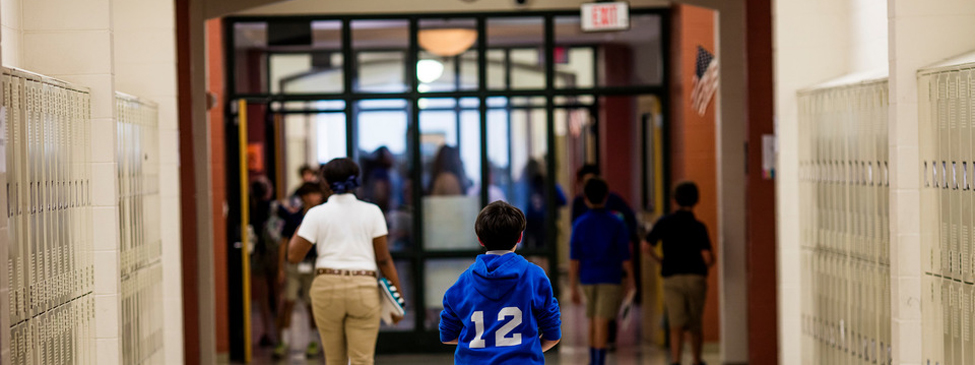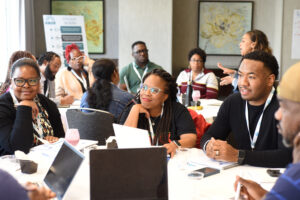Too many urban districts begin each school year with unfilled leadership positions. Over the last several years, we’ve tried to help districts fill these gaps by building pipeline programs and training school leaders in communities like Camden and Philadelphia. In the past, these recruitment and training programs have been run by us. But we’re trying something new: build a program we can hand off to a district as quickly as possible.
With teacher and leadership shortages expected to spike in the next few years, the design of a sustainable, district-run model for high-quality school leader recruitment and development is critical. While we’ve had success with our programs in the past, too often we’ve seen large recruitment programs managed outside a district become unsustainable from initiatives within it.
In the face of shortages, districts need pipelines of talent that cater to their hiring strategies and the demands of their school communities. They also need to own the work of building those pipelines, not us.
With support from the U.S. Education Department, we are moving toward this goal in partnership with the San Francisco Unified School District (SFUSD). Last year, we launched San Francisco Pathway to Leadership in Urban Schools (SF PLUS), a leadership development program to help new administrators become principal-ready.
During our rollout this past school year, a small cohort of assistant principals received personalized leadership coaching and monthly professional development to help them transition into roles in some of San Francisco’s most challenging schools.
Like other PLUS programs, the goal is still to discover, train, and mentor transformative school leaders to lead teams of effective teachers. But in San Francisco, our goal is to hand the reins of the program over to the district a year from now. To do that, we’re tossing aside our normal way of doing things in favor of district needs.
For example, in our Philadelphia and New Jersey programs, each cohort undergoes a five-week summer training institute. In San Francisco, we spent five days on pre-service training and focused more on on-the-job leadership coaching. One of SFUSD’s goals is ensuring assistant principals are supporting content aligned to higher standards. That means new assistant principals need opportunities to tackle content on the ground, in the classroom with teachers, and less time discussing it over the summer.
To make sure SF PLUS meets other district priorities, like engaging and retaining at-risk students, and, in particular young men of color, we’re making sure district staff take the lead on steering the program from the outset.
Instead of TNTP or folks outside the district, the Director of Principal Support, current district principals, and former district principals facilitate development for our cohort throughout the year. When setting development priorities, the perspectives of district leaders like the Chief Academic Officer and the Deputy Superintendent matter most. We’ve also created a committee to meet monthly and monitor SF PLUS, weigh future options, and answer questions to help the district prepare effective leaders when we’re gone. For example: What departments and staff should own day-to-day management of SF PLUS? What existing or new roles will be necessary to keep the program running smoothly?
It will no doubt take a lot of time and work to reach our goal of having the district fully lead SF PLUS in a year. But we have already seen that by including the district in the day-to-day lift of recruiting, developing, and mentoring new school leaders from the beginning, both the stakes and investment are higher on their part. That’s a good thing for everyone involved.
Good school leaders determine as much as 25 percent of a teacher’s effectiveness, and principals and assistant principals largely shape instructional culture and significantly affect student achievement. It’s imperative that districts like SFUSD have sustainable pipeline programs crafted with their own goals and input to fill future gaps. By doing that, the district can better ensure every student in San Francisco begins the school year with great teachers led by strong, supportive school leaders. That’s an end goal we can all agree on.








